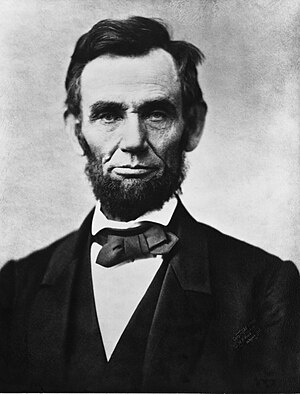It has been suggested that platitudes are fine but specifics are what are really helpful. I agree. In this blog I am going to start with several ideas about how to be clear and concise in your messages. I challenge everyone who reads this to leave a comment with a tip or two that YOU use to make sure your messages are quality messages, especially in today's world of interactive and social media. I will share all ideas I get in a future blog.
- Clear Concise Communications are rarely created by accident. This takes work. The more you work at it, the easier it will seem, but rarely is clear concise communication created by accident. As Abraham Lincoln famously said prior to a speech, "This speech would have been shorter but I ran out of time."
- Clear Concise Communications requires that you have a key message and a key audience in mind. You have to be clear about what message you want to get out and who you want to get it to. Your decision on both these areas will dictate everything about your message.
- Be aware of the language that you use. Many of us who work in a single industry have to be aware that many people we are trying to communicate with, including many people within that same industry, don't understand the jargon, acronyms and language shortcuts that are a part of every industry. There ARE times when it is appropriate to use those things, but do it purposefully.
- Write to communicate. What I mean by this is pay more attention to getting your message across in a clear and engaging way than to the formal rules of grammar (unless of course you are communicating to a group of English teachers!). This is closely related to the next tip.
- Write how your intended audience talks. You want to communicate with your intended audience, so you need to communicate how they communicate. This means using the language they use. It also means communicating using the media they use.
- If you can't say it in 30 seconds or 300 words, you haven't figured out your key message.
- Be concious of the rhythms of your writing. The best writing has a rhythm or cadence to it.
- Edit by reading aloud. Your ear is a great editor!
- When possible illustrate your ideas with pictures. While a picture may be worth a thousand words it is worth way more than that when it comes to its ability to generate attention and interest.
- If you are illustraing with pictures, consider moving pictures. Video is easier, cheaper and more popular than ever before. It should be part of your communications toolbox.
- Great video starts with a great script. A great script delivers the message in less than a few minutes (see above).
- Great communications starts and ends with great listening. If you are listening (to your audience, to your peers, to yourself) you will have a much better idea of how to communicate. If you are listening you will also have a better idea of how your message is being recieved. You have two ears and one mouth which is a good reminder of the ratio of listening to talking (or writing) that you should be doing.





No comments:
Post a Comment